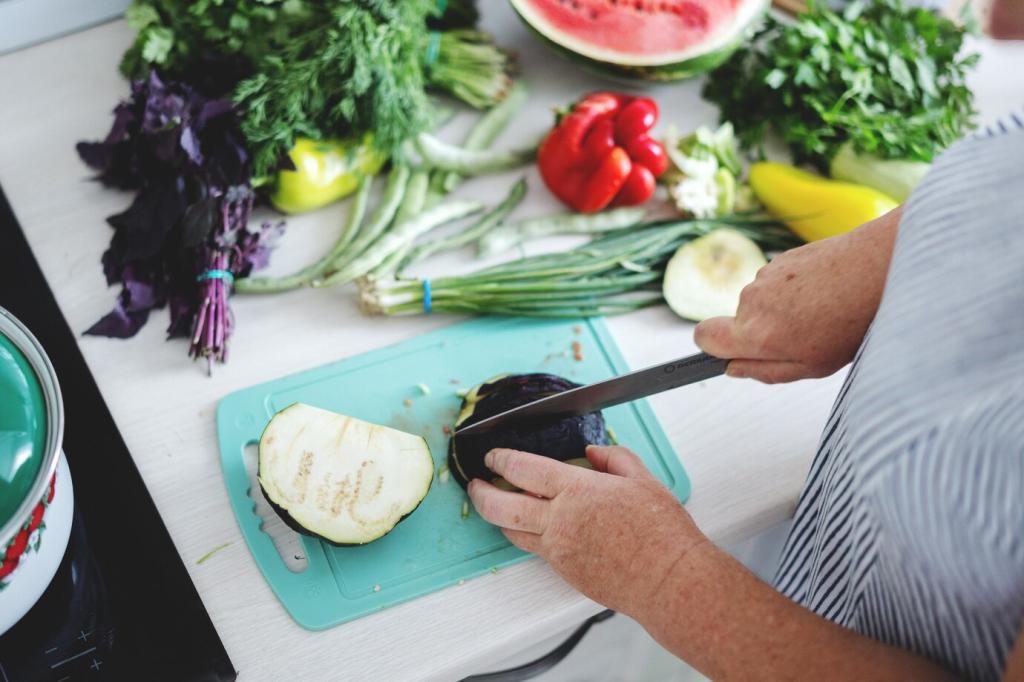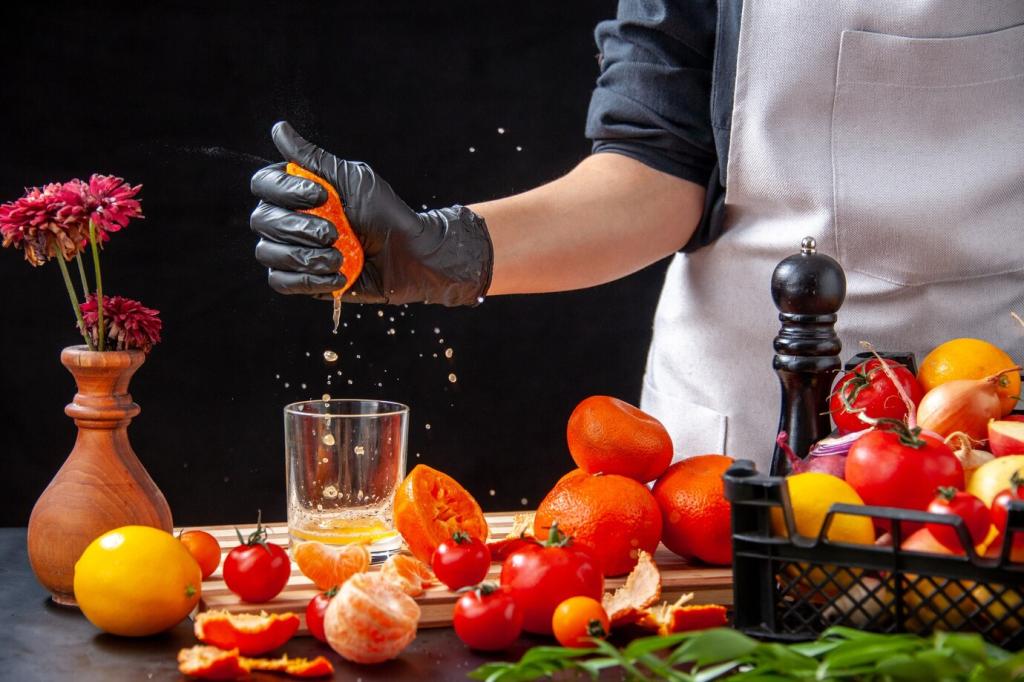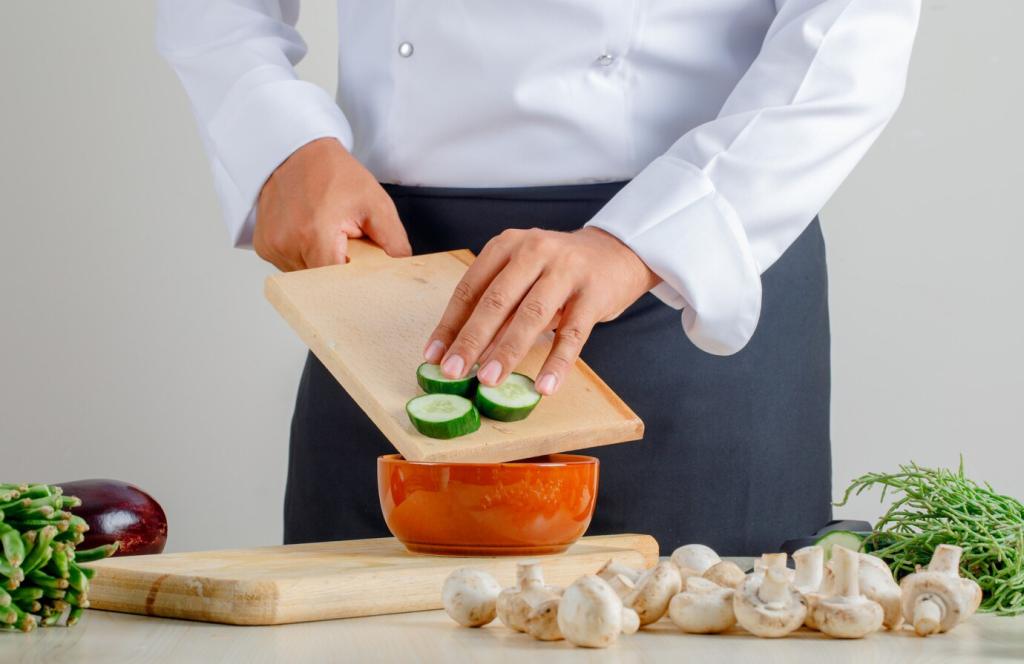Cross-Cultural Flavors: Fusion Recipes from World Travels
Discover a world of flavor without leaving your kitchen as we journey across continents through innovative culinary creations. Cross-Cultural Flavors combines the best of global cuisines, drawing inspiration from street food vendors, family kitchens, and acclaimed restaurants worldwide. These fusion recipes celebrate the diversity of taste, blending unexpected ingredients and traditions for unforgettable dining experiences. Whether you are a seasoned foodie or a curious home chef, get ready to elevate your cooking with imaginative dishes that connect cultures through the universal language of food.


The Birth of Fusion Cuisine
Fusion cuisine is rooted in centuries of migration, trade, and exploration. As people moved and cultures collided, so did their cooking techniques and ingredients. Think of the transformative moment when Spanish traders introduced chili peppers to Asian kitchens, or when Italian chefs embraced American tomatoes. These connections birthed entirely new dishes that could not have existed without the mingling of cultures. Today’s fusion food continues this legacy, daring home cooks to mix flavors that defy boundaries. Behind every fusion recipe lies a story of creativity and shared heritage, inviting everyone to become part of a global tapestry of taste.
Breaking the Flavor Rules
Traditional recipes tend to follow strict rules established over generations, but fusion cooking encourages breaking free from those conventions. It is all about innovation—pairing a French béchamel with Japanese miso, or incorporating North African spices into a classic American burger. By daring to experiment, fusion chefs prove that boundaries in cuisine are made to be crossed. This rebellious spirit redefines comfort food, introducing eaters to new dimensions of flavor. As a result, every dish is an invitation to reconsider what’s possible at the table and to savor unexpected joys.
Blending Techniques, Not Just Ingredients
Cross-cultural fusion goes beyond combining flavor profiles; it’s also about integrating techniques from different culinary traditions. Imagine stir-frying with Mexican chipotle, or using an Indian tandoor oven to cook Mediterranean kebabs. Each technique brings out unique qualities in ingredients, transforming familiar components into something entirely new. By embracing a global perspective in the kitchen, cooks can unlock new textures, aromas, and visual elements, ultimately crafting meals that are as memorable as they are delicious.
East Meets West: Harmonizing Culinary Worlds
Sushi Burritos: The Best of Both Worlds
Sushi burritos blend the meticulous art of Japanese sushi with the heartiness and portability of a Mexican burrito. Born in urban food markets, these jumbo rolls marry seasoned rice, fresh vegetables, and tangy sauces with ingredients like guacamole, sriracha, or crispy tempura shrimp—all wrapped in a large sheet of seaweed. The appeal lies in their ability to bridge two seemingly disparate food cultures while providing a customizable platform for new flavors. Every bite is a dynamic collision of color, texture, and taste, making the sushi burrito a symbol of modern fusion cuisine in action.
Kimchi Tacos: A Spicy Street Food Revolution
Kimchi tacos burst onto the global food scene as Korean and Mexican flavors merged on the streets of Los Angeles. These bold creations balance the tangy heat of fermented kimchi with savory marinated meats like bulgogi, all tucked into soft corn tortillas and topped with cooling garnishes. The success of kimchi tacos lies in how their contrasting textures and flavors work in harmony, capturing the essence of both cuisines while creating something unmistakably new. As a result, this inventive street food has inspired chefs everywhere to rethink what can fit inside a taco shell.
Italian Pasta, Asian Style
Asian-inspired pasta dishes demonstrate how Mediterranean comfort can welcome exotic influences with open arms. Picture tender noodles tossed in creamy Thai coconut curry, or classic spaghetti elevated with fragrant lemongrass and ginger. These playful combinations balance richness with heat and aromatic herbs, reinventing traditional pasta for modern palates. The marriage of Italian and Asian elements shows how culinary innovation can transform everyday staples into internationally inspired sensations, celebrating shared love for noodles in entirely unexpected ways.

Taco Pizzas: When Italy Visits Mexico
Taco pizza is a playful reimagination of two crowd-pleasers, bringing together the crispy crust and gooey cheese of Italian-style pizza with the bold, spicy fillings of a Mexican taco. Instead of traditional tomato sauce, a bean spread forms the base, followed by seasoned beef, fresh tomatoes, jalapeños, and cheddar. Baked until bubbling, it’s finished with a cold topping of lettuce, salsa, and sour cream. This cross-cultural creation provides the comfort of pizza night while injecting the vibrant zest of Mexican street food, illustrating the endless potential of fusion food to reinvent even the most universally loved classics.

Indian-Spiced Shepherd's Pie
Take the wholesome British shepherd’s pie and give it a punchy makeover with Indian spices like cumin, coriander, and garam masala. Ground lamb or beef is sautéed with peas and carrots in a richly aromatic gravy, then topped with a blanket of creamy mashed potatoes infused with turmeric and hint of ginger. Baked until golden, this dish balances familiar homey comfort with the exciting depth of South Asian cuisine. Indian-spiced shepherd’s pie appeals to adventurous eaters and comfort food fans alike, making global flavors a welcome part of everyday meals.

Caribbean Jerk Fried Chicken
Fried chicken, a staple of Southern American cuisine, undergoes a sunny transformation when infused with fiery Caribbean jerk seasoning. The chicken is marinated in a blend of allspice, Scotch bonnet peppers, thyme, and citrus, then coated and fried until crispy. The result is an explosive combination of crunch, tang, and spice that distinguishes itself from its classic Southern cousin. This recipe underscores how regional spices and techniques can breathe new life into comforting favorites, inviting diners to experience familiar foods through the lens of a different culture.
Join our mailing list
